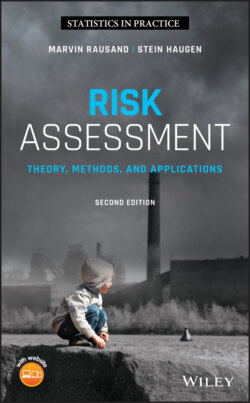Читать книгу Risk Assessment - Marvin Rausand - Страница 14
Chapter 1 Introduction 1.1 Risk in Our Modern Society
ОглавлениеIn the Middle Ages, some of the leading engineers and architects were employed as church builders. In this period, churches changed from being built in the Romanesque style to the Gothic style. This transition implied a move from fairly massive stone structures with thick walls, limited height, and relatively small and few windows to a style with much more slender structures, rising higher, and with more and larger openings in the walls for windows. This technological development had a price, with frequent collapses of the new churches. A prominent example is the collapse of Cathedrale Saint‐Pierre de Beauvais in 1284 and then again in 1573 (Murray 1989).
Figure 1.1 The Beauvais Cathedral (Source: Photo by David Iliff. License: CC‐BY‐SA 3.0).
This is a good example of how technology traditionally has evolved, through trying and failing. The church builders of the Middle Ages moved beyond what had been done earlier, and this sometimes led to catastrophic failures.
In the Middle Ages, accidents were seen as acts of God, punishing man for attempting to construct such huge buildings. Today, we have a different view on why accidents occur, and society is not willing to accept failure to the same degree as in the Middle Ages. Accidents result in loss of life or serious environmental damage and are often very expensive. Over the last few decades, concepts and techniques have been developed to help us understand and prevent failures and accidents before they happen, rather than just trying to learn from failures that occur. Application of these techniques is what we normally call risk analysis or risk assessment.
Risk assessments are systematic studies of what can go wrong in the future, describing it and evaluating if we need to do something to reduce risk. They might have been able to predict and prevent the collapse of the Beauvais Cathedral (Figure 1.1) and the consequences of this if these methods were available in 1284. This book is mainly about methods for performing risk analyses, and the theoretical basis for these.
Using a word from everyday language, we may say that risk assessment is a method for systematization of foresight. The Merriam‐Webster online dictionary defines foresight as “an act of looking forward” and this is exactly what we are trying to do when we analyze risk.
We have now started using terms, such as risk, risk analysis, and risk assessment, without really explaining what they mean. For the purpose of this introductory chapter, it is sufficient with a layman's understanding, but proper definitions and discussions are given in Chapters 2 and 3.
